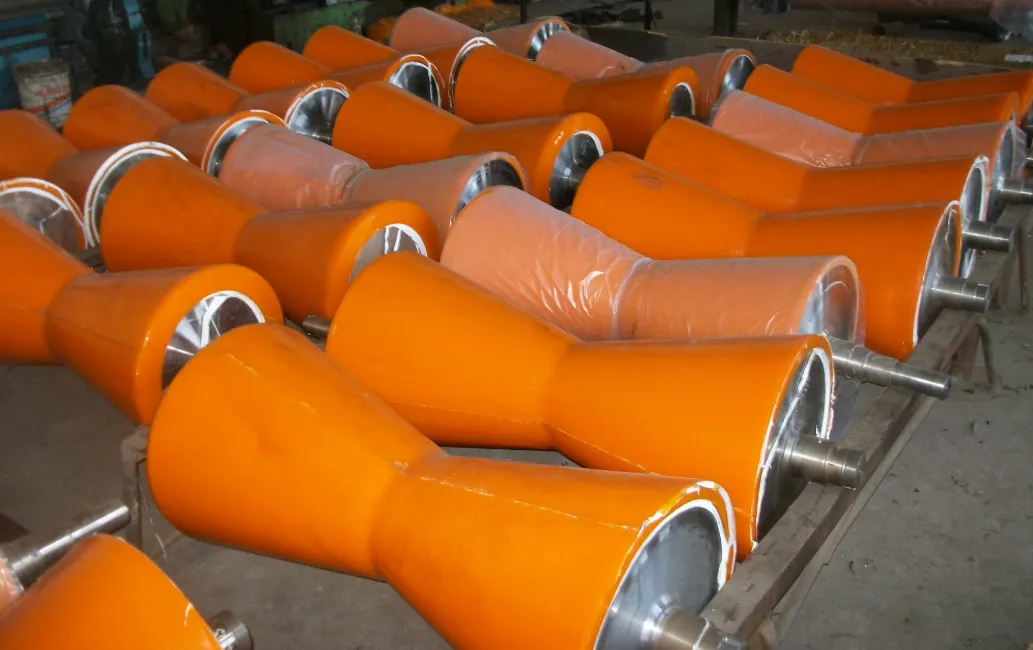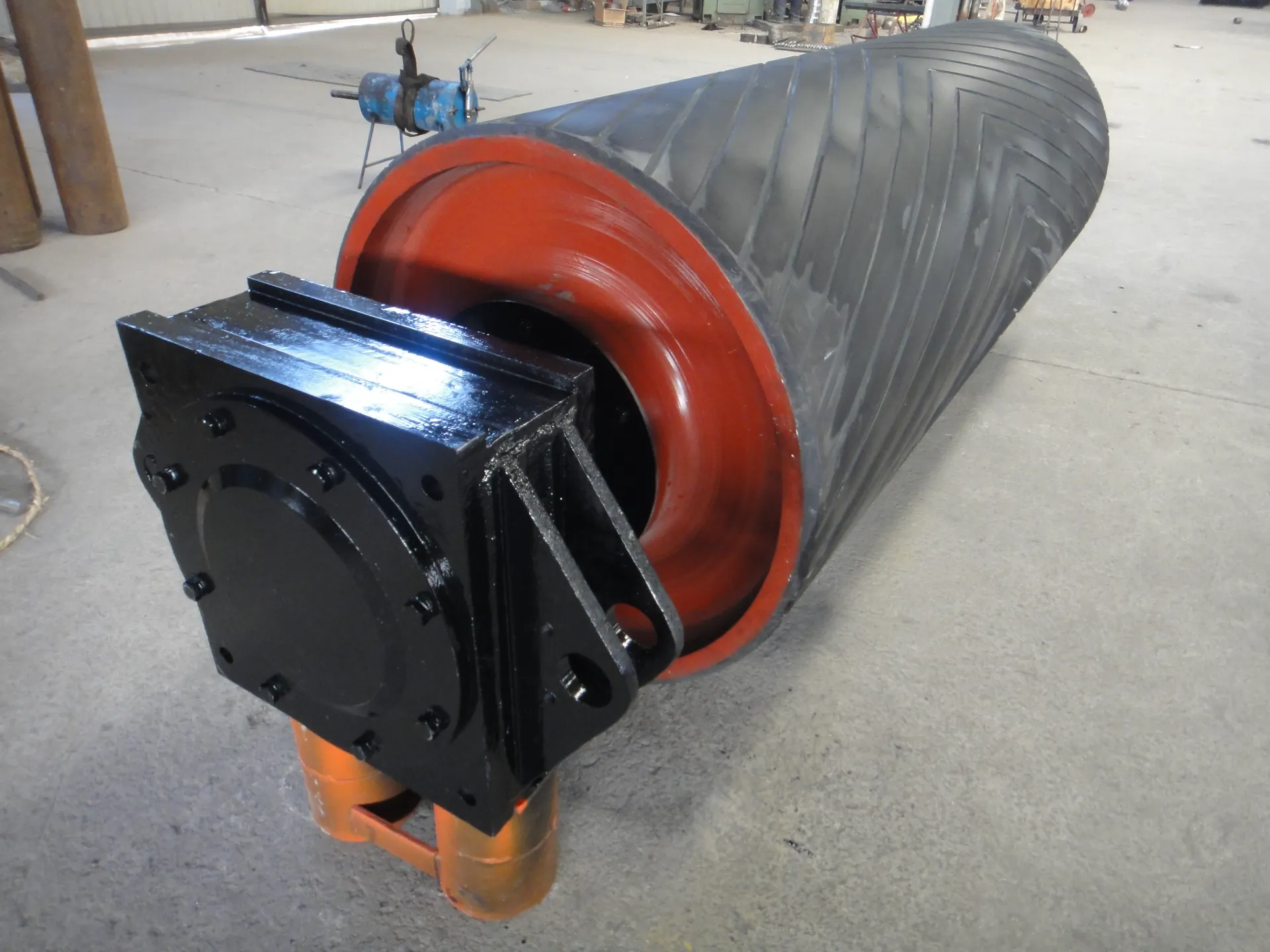 Afrikaans
Afrikaans  Albanian
Albanian  Amharic
Amharic  Arabic
Arabic  Armenian
Armenian  Azerbaijani
Azerbaijani  Basque
Basque  Belarusian
Belarusian  Bengali
Bengali  Bosnian
Bosnian  Bulgarian
Bulgarian  Catalan
Catalan  Cebuano
Cebuano  Corsican
Corsican  Croatian
Croatian  Czech
Czech  Danish
Danish  Dutch
Dutch  English
English  Esperanto
Esperanto  Estonian
Estonian  Finnish
Finnish  French
French  Frisian
Frisian  Galician
Galician  Georgian
Georgian  German
German  Greek
Greek  Gujarati
Gujarati  Haitian Creole
Haitian Creole  hausa
hausa  hawaiian
hawaiian  Hebrew
Hebrew  Hindi
Hindi  Miao
Miao  Hungarian
Hungarian  Icelandic
Icelandic  igbo
igbo  Indonesian
Indonesian  irish
irish  Italian
Italian  Japanese
Japanese  Javanese
Javanese  Kannada
Kannada  kazakh
kazakh  Khmer
Khmer  Rwandese
Rwandese  Korean
Korean  Kurdish
Kurdish  Kyrgyz
Kyrgyz  Lao
Lao  Latin
Latin  Latvian
Latvian  Lithuanian
Lithuanian  Luxembourgish
Luxembourgish  Macedonian
Macedonian  Malgashi
Malgashi  Malay
Malay  Malayalam
Malayalam  Maltese
Maltese  Maori
Maori  Marathi
Marathi  Mongolian
Mongolian  Myanmar
Myanmar  Nepali
Nepali  Norwegian
Norwegian  Norwegian
Norwegian  Occitan
Occitan  Pashto
Pashto  Persian
Persian  Polish
Polish  Portuguese
Portuguese  Punjabi
Punjabi  Romanian
Romanian  Russian
Russian  Samoan
Samoan  Scottish Gaelic
Scottish Gaelic  Serbian
Serbian  Sesotho
Sesotho  Shona
Shona  Sindhi
Sindhi  Sinhala
Sinhala  Slovak
Slovak  Slovenian
Slovenian  Somali
Somali  Spanish
Spanish  Sundanese
Sundanese  Swahili
Swahili  Swedish
Swedish  Tagalog
Tagalog  Tajik
Tajik  Tamil
Tamil  Tatar
Tatar  Telugu
Telugu  Thai
Thai  Turkish
Turkish  Turkmen
Turkmen  Ukrainian
Ukrainian  Urdu
Urdu  Uighur
Uighur  Uzbek
Uzbek  Vietnamese
Vietnamese  Welsh
Welsh  Bantu
Bantu  Yiddish
Yiddish  Yoruba
Yoruba  Zulu
Zulu Heavy-Duty Conveyor Brackets Precision Roller & Guide Mounting Solutions
- Overview of Conveyor Brackets in Industrial Systems
- Technical Advantages Driving Efficiency
- Performance Comparison Across Leading Manufacturers
- Custom Solutions for Diverse Applications
- Case Studies: Real-World Implementations
- Future Trends in Bracket Technology
- Why Conveyor Brackets Matter for Your Operations

(conveyor brackets)
Overview of Conveyor Brackets in Industrial Systems
Conveyor brackets form the backbone of material handling systems, providing structural support for rollers, guides, and belts. The global market for conveyor side guide brackets alone is projected to grow at a 5.8% CAGR through 2030, driven by automation demands. Industries increasingly prioritize durable conveyor roller mounting brackets that reduce maintenance costs by up to 40% compared to traditional welding methods.
Technical Advantages Driving Efficiency
Modern conveyor brackets
leverage high-grade steel alloys with tensile strengths exceeding 650 MPa, enabling 30% higher load capacities. Precision laser cutting ensures ±0.2mm dimensional accuracy, critical for alignment-sensitive applications. Modular designs allow 75% faster assembly than fixed brackets, with patented corrosion-resistant coatings doubling product lifespans in harsh environments.
Performance Comparison Across Leading Manufacturers
| Feature | Vendor A | Vendor B | Our Solution |
|---|---|---|---|
| Max Load Capacity | 2,200 lbs | 1,800 lbs | 3,500 lbs |
| Material Thickness | 6 mm | 5 mm | 8 mm |
| Corrosion Resistance | 480h salt spray | 300h salt spray | 1,000h salt spray |
| Price per Unit | $28.50 | $22.00 | $34.75 |
Custom Solutions for Diverse Applications
Specialized conveyor side guide brackets now accommodate temperature extremes from -40°F to 500°F, serving food processing and metalworking sectors alike. A recent automotive client achieved 22% throughput increase using tapered roller mounting brackets that minimized product jamming. Our parametric design software generates CAD models within 15 minutes based on customer input variables.
Case Studies: Real-World Implementations
A mining operation reduced conveyor downtime by 68% after switching to our heavy-duty brackets rated for 24/7 operation. In contrast, a pharmaceutical manufacturer eliminated particulate contamination through FDA-compliant conveyor side guide brackets with smooth edge sealing. Third-party testing confirms our solutions withstand 1.5 million fatigue cycles without deformation.
Future Trends in Bracket Technology
Smart brackets with embedded IoT sensors are gaining traction, providing real-time data on stress distribution and wear patterns. Manufacturers adopting AI-optimized bracket geometries report 18-25% weight reduction while maintaining load ratings. 3D-printed titanium variants now enable complex shapes previously impossible with stamping techniques.
Why Conveyor Brackets Matter for Your Operations
Selecting proper conveyor brackets directly impacts system uptime and safety compliance. Our field data shows optimized conveyor roller mounting brackets decrease energy consumption by 12-15% through reduced friction. With 87% of conveyor failures originating from bracket-related issues, investing in premium solutions pays measurable dividends in operational reliability.

(conveyor brackets)
FAQS on conveyor brackets
Q: What are conveyor side guide brackets used for?
A: Conveyor side guide brackets secure guiding rails to maintain product alignment on the conveyor. They prevent items from shifting or falling off during transportation. These brackets are essential for precision handling in automated systems.
Q: How to install conveyor roller mounting brackets correctly?
A: Align the brackets with pre-drilled holes on the conveyor frame and secure them using bolts or welding. Ensure even spacing between brackets for consistent roller support. Always follow manufacturer guidelines to avoid misalignment.
Q: What materials are conveyor brackets typically made from?
A: Conveyor brackets are commonly made from stainless steel, aluminum, or heavy-duty plastic. Material choice depends on load capacity, environment (e.g., corrosive settings), and industry standards. Stainless steel offers durability for heavy industrial use.
Q: Can conveyor brackets be adjusted for different belt widths?
A: Yes, many conveyor brackets feature slotted holes or modular designs for adjustable width configurations. This flexibility allows customization to suit varying product sizes. Check product specifications for adjustment limits.
Q: How to troubleshoot loose conveyor roller mounting brackets?
A: Inspect bolts for wear or improper tightening and replace if necessary. Ensure brackets are not bent or damaged from overloading. Regularly lubricate joints to reduce friction and prolong bracket life.
-
Revolutionizing Conveyor Reliability with Advanced Rubber Lagging PulleysNewsJul.22,2025
-
Powering Precision and Durability with Expert Manufacturers of Conveyor ComponentsNewsJul.22,2025
-
Optimizing Conveyor Systems with Advanced Conveyor AccessoriesNewsJul.22,2025
-
Maximize Conveyor Efficiency with Quality Conveyor Idler PulleysNewsJul.22,2025
-
Future-Proof Your Conveyor System with High-Performance Polyurethane RollerNewsJul.22,2025
-
Driving Efficiency Forward with Quality Idlers and RollersNewsJul.22,2025





























